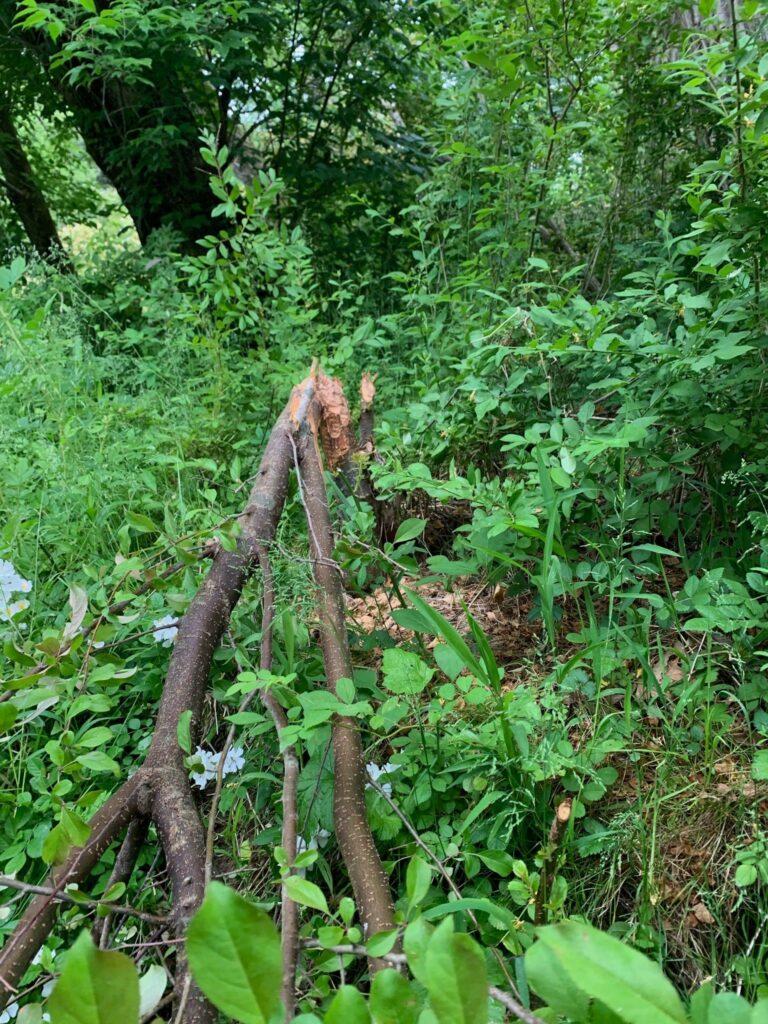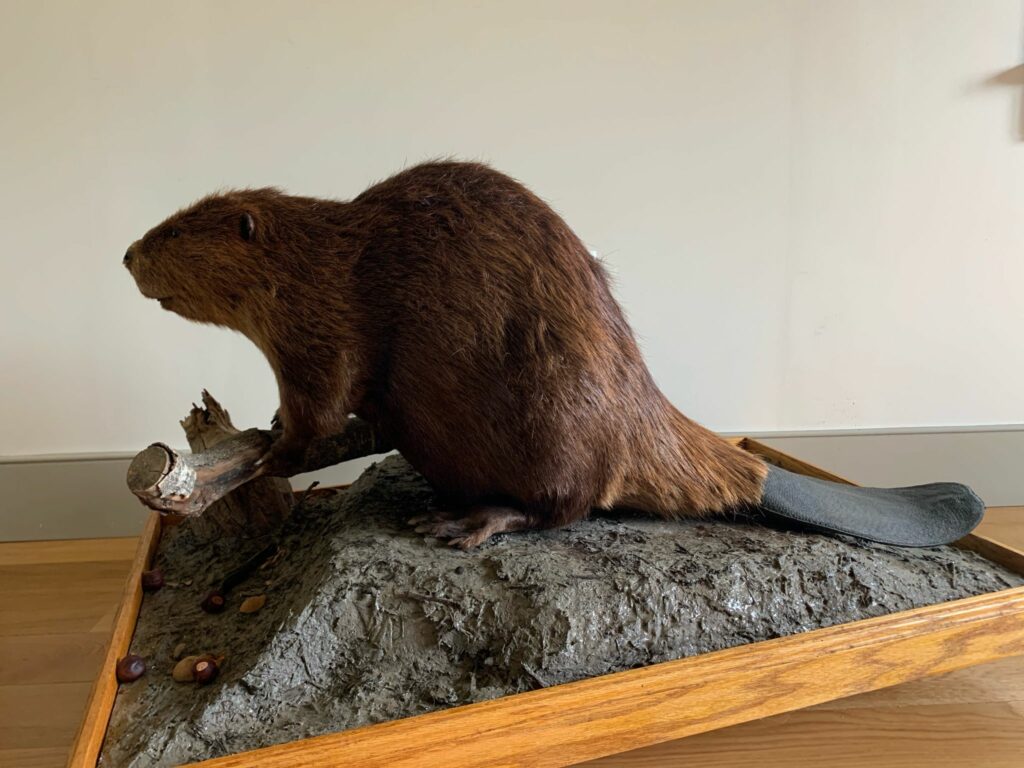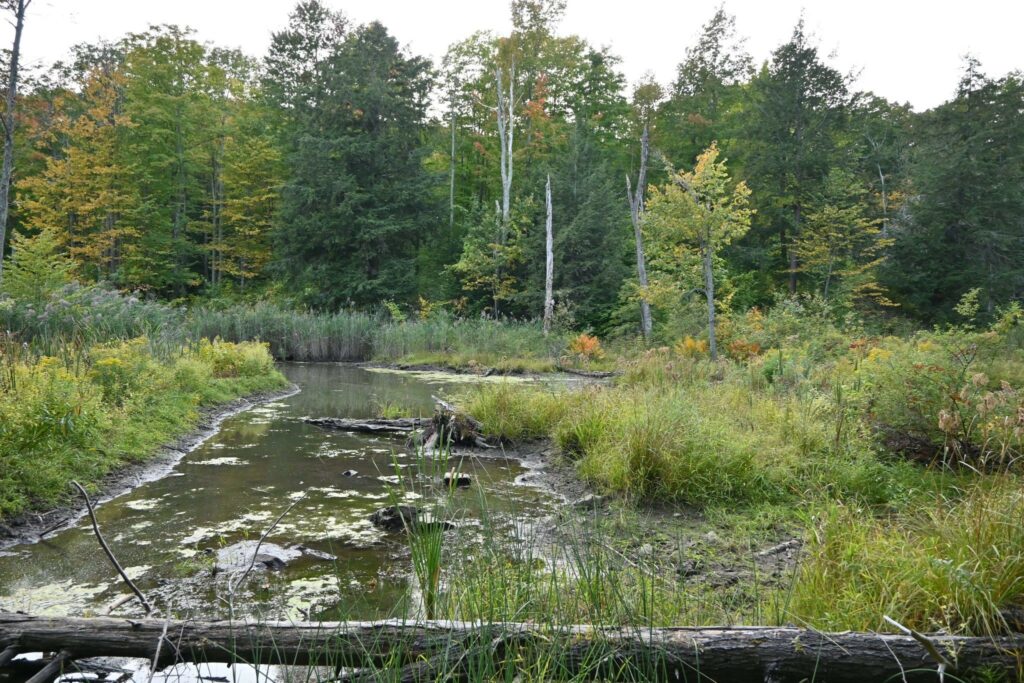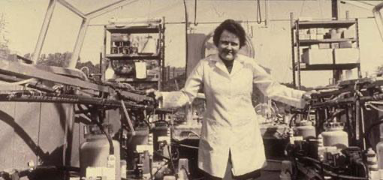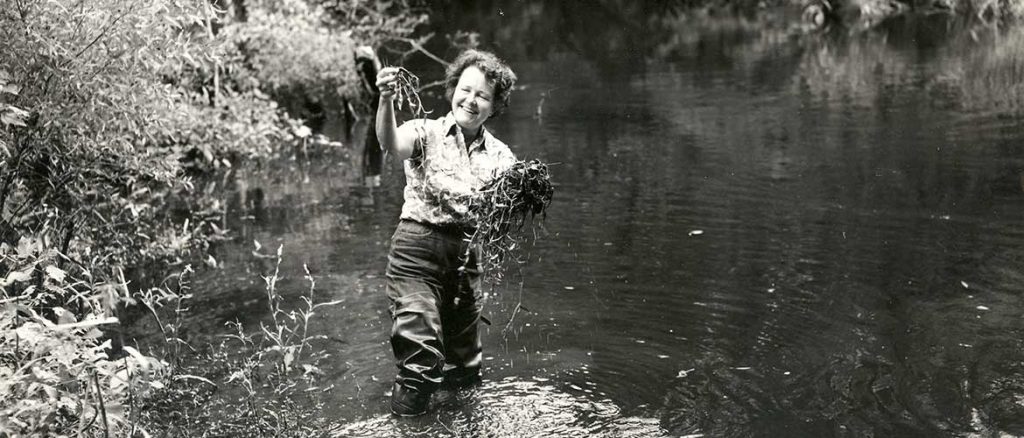Chester County is home to some of the most beautiful landscapes on the east coast with its rolling hills, beautiful open grasslands and bubbling brooks. The county is home to headwaters, the groundwater source, of many streams that will eventually lead to the Schuylkill and Delaware Rivers, which will flow into the Atlantic Ocean. There is one interesting creature that is frequently overlooked when thinking about our creeks and streams: the crayfish.
Crayfish are small crustaceans that can grow to 7 inches in length, they look like “mini” lobsters with colorations that vary from dark brown to a brilliant blue (USDA, 2021). There are over 500 species in the United States and 12 are native to Pennsylvania. While they are amazing creatures, certain invasive crayfish present many threats to our local waterways.
These fascinating arthropods are found in small creeks, usually burrowed under large rocks or under fallen trees. Their lives begin as eggs which the mother carries under her tail for seven weeks. Once they hatch, the larvae will remain attached under her abdomen for another few weeks. When they are on their own, their main food source is tadpoles, insects and worms. Crayfish are commonly nocturnal, and will hunt at night while remaining in their burrows during the day. In under a year, they will be ready to mate in the fall and lay eggs in spring. One crayfish can lay up to 100 eggs and restart the life cycle again (Britannica, 2019).
The rusty crayfish, Orconectes rusticus, named for the rust colored spots on their backs and the virile crayfish, Orconectes virilis, are the most common invasive crayfish affecting our local waterways in Pennsylvania. The rusty crayfish is native to the Ohio river basin while the virile crayfish is native to the Missouri river, Mississippi river and Great Lakes (USGS, 2019). They are particularly harmful to our local environment because they have different adaptations that are better suited to displace the native species of Pennsylvania. They are bigger, stronger, and mature faster, creating a combination that out-competes the native species for resources. They also can live close to each other at about 20 per square foot in comparison to the native crayfish that can only have about 1 comfortably living per square foot. The invasive rusty crayfish competes with native species of crayfish for aquatic plant life that provides valuable shelter, nesting ground and food. Once the rusty crayfish is introduced, 60% of the aquatic plant life can decrease, causing a domino effect of damage to the ecosystem (Schneck, 2013). Frogs and salamander eggs are the most at risk of population decline, as their eggs are a favorite snack of the invasive species. Both the invasive crayfish and native amphibians feed on similar diets of macroinvertebrates, organisms with no internal spine that can be seen with the naked eye. This caused populations to decrease as much as 70% in areas where non-native crayfish have been found.
When it comes to the invasive species of crayfish, their introduction has been difficult to contain, leading to new regulations at the state and federal level. The species were commonly introduced to the local watersheds in a few ways; the most common being distribution to be used in restaurants. The crayfish would fall out of trucks or get loose and walk to suitable water sources that allow them to survive and reproduce (McGinnis, 2019). Another means of introduction into the natural environment is the release from tanks by owners that no longer want them, mixing imported exotic crayfish with the native population. This has been curbed by legislation that prohibits the commercial moving of crayfish without the removal of their heads first (Reed-Harry, 2014). For local anglers, the heads must be removed as soon as they leave the water or be used as live bait in the same water from which they came.
While native crayfish are great indicators of water health and important parts of aquatic ecosystems, the invasive species are major disturbances that must be carefully managed and controlled to allow waterways to return to their original balance. The best thing that can be done at the personal level is to fish responsibly and not return any caught crayfish to the water in which they were found. Up to 50 non-native crayfish can be removed by anglers after removal of their head, and may be used as live bait in the same water source they were caught in (Reed-Harry, 2014). Additionally, be sure to do research on any crayfish that may be owned as pets, not allowing non-native species to be released into local waterways.
By Gloria Avila
Resources:
Virile Crayfish, Northern Crayfish (Faxonius Virilis) – Species Profile. Virile Crayfish, Northern Crayfish (Faxonius virilis) – Species Profile. (n.d.). https://nas.er.usgs.gov/queries/factsheet.aspx?SpeciesID=215.
McGinnis, J. (2019, August 6). ‘Aggressive, delicious’ crayfish invading Bristol Township. Bucks County Courier Times. https://www.buckscountycouriertimes.com/news/20190806/aggressive-delicious-crayfish-invading-bristol-township/2.
Britannica, T. Editors of Encyclopaedia (2019, March 20). Crayfish. Encyclopedia Britannica. https://www.britannica.com/animal/crayfish
Reed-Harry, J. (2014, October 1). PDF. Harrisburg, PA; Pennsylvania Aquaculture Advisory Committee.
